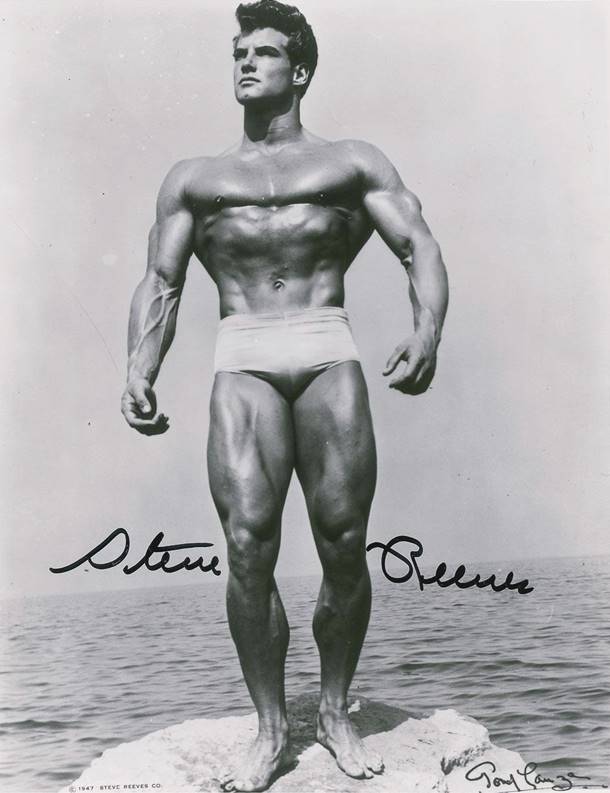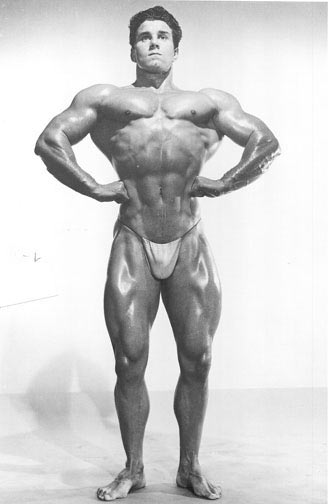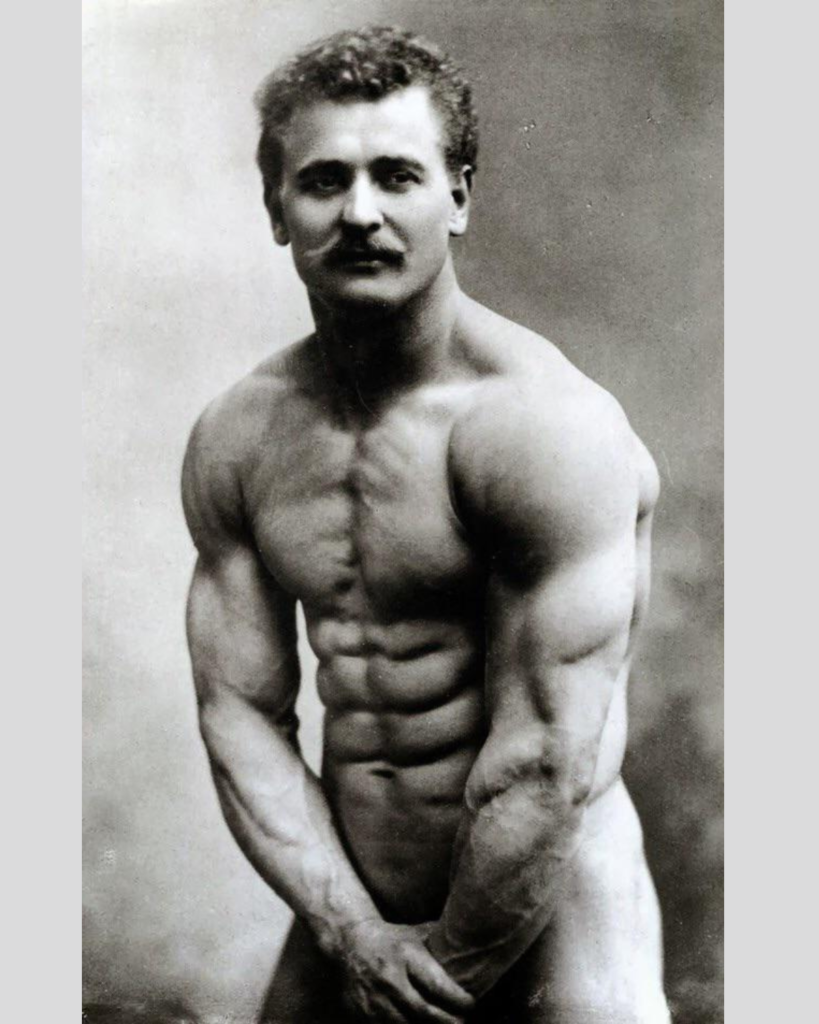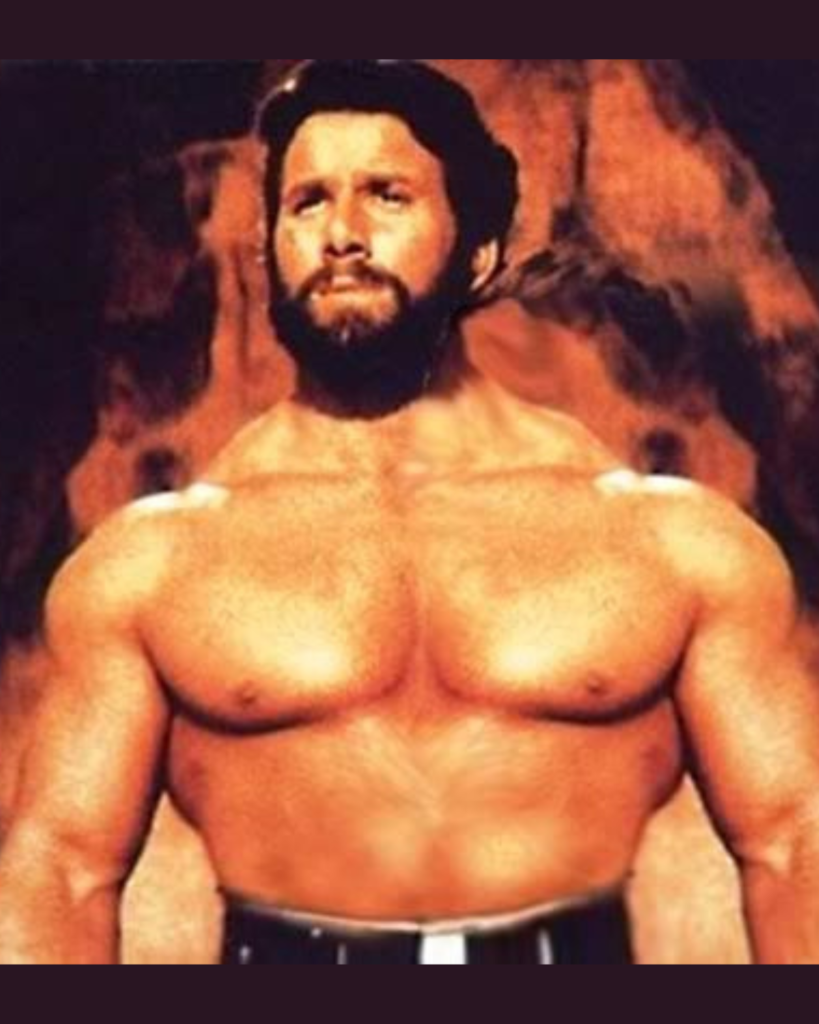INTRODUCTION THE CONCEPT
Symmetrical Balance is a concept and terminology that utilizes a specific mathematical equation in achieving a balanced symmetry of the human body as it relates to physical fitness. This concept dates back to the late 1950’s, which introduced a basic numerical measurement to the human bodies’ wrist that is then multiplied by predetermined mathematical equations for multiple body parts. The results ultimately provide the ideal symmetrical body proportions that include the neck, shoulders, bicep/triceps, forearms, chest, abs, thighs, and calves.
Modern day fitness programs have missed the mark on promoting a more balanced plan to physique molding and shaping. For years, fitness trainers and individual fitness athletes have used only one resource to identify a balanced physique by simply utilizing a mirror or camera. Well, that has NOW changed!





